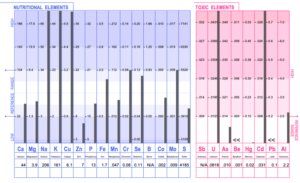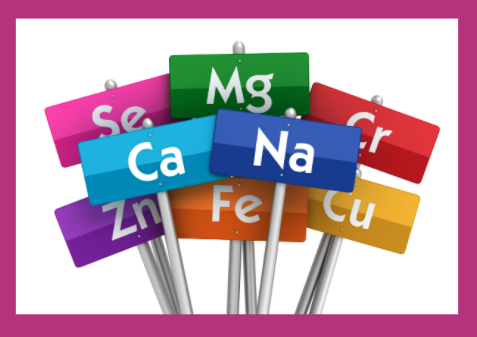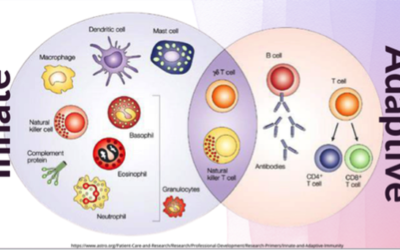Mineral Balancing
Minerals are one of the most essential components from which our body is made. They are involved in so many systems and processes in our body including the formation of bones and teeth, they are a component of body fluids and tissues, make hormones, maintain a normal heartbeat, and are even needed for nerve impulses. When just one mineral is out of balance, it can wreck havoc in our bodies.
Our children are usually mineral deficient, either because they are picky eaters and are not getting a wide variety of minerals, or their food is not organic and treated with chemicals and pesticides, or they are not digesting food properly due to low levels of hydrochloric acid and enzymes, or due to inflammation in the gut.
Another thing, if your child is a fast metabolizer, he is likely burning through his calcium and magnesium stores quickly, causing them to be unavailable for essential processes in the body, such as protein synthesis, and muscle and nerve function. When minerals like these are low, then it causes imbalances in important ratios (such as Calcium/phosphorous, Calcium/potassium, sodium/potassium, and zinc/copper).
So what are the symptoms that we can be looking for to know if our minerals are out of balance?
Let’s look just at the sodium/potassium ratio. If out of balance one could experience:
- Tendency for acute stress, inflammation, or pain
- Water retention
- High blood pressure
- PMS
- Easily irritable, aggressive, emotional,
- Tendency for fatigue
- Immune issues
- Sugar cravings
- Allergies
- Chronic infections,
- Liver and kidney stress
- Low stomach acid
- Reduced awareness
We see that low stomach acid can be a result of an imbalance, and then that low stomach acid can turn around and prevent food from properly being digested, thus being unable to access the nutrients in the food. So it turns out to be a little like the chicken and the egg story.
Those are just a handful of symptoms one could be experiencing when the minerals are imbalanced. Making sure your child gets adequate amounts of electrolytes and trace minerals is critical. To know exactly what your child’s mineral levels and ratios are, you will want to do a Hair Tissue Mineral Analysis. It is probably the easiest test to do because it simply requires a hair sample, that can be collected at your child’s next haircut.

Would you like to test your child’s hair to see what his mineral levels are like, then have an individualized report and protocol created to guide you on what to do to help balance them? Then click below to order a test and consultation.
If you would like to know about the optimal nutrition for brain health, download a free copy of my book: Nourishing Your Brain: A guide to understanding the essential nutrition your brain needs to optimally function.





0 Comments